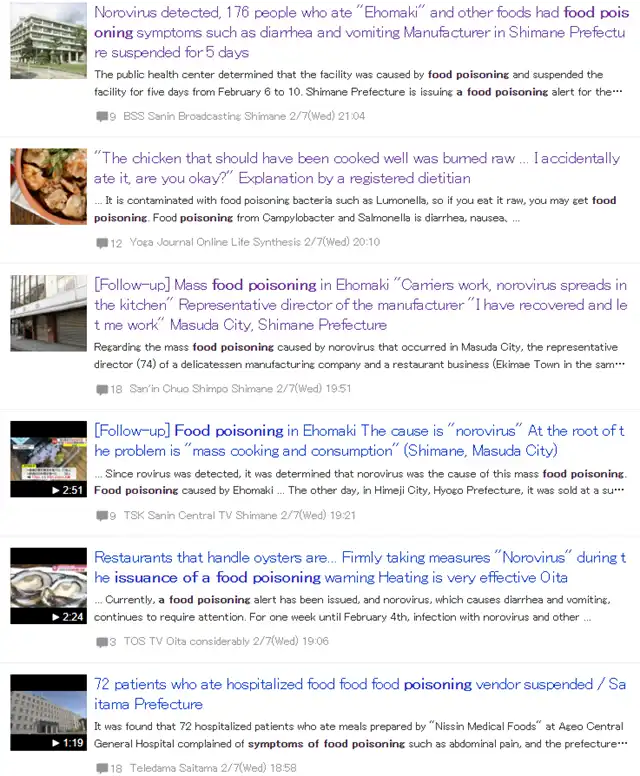Why Does Food Poisoning Happen So Often In Japan?
News
- Normal Liver Cells Found to Promote Cancer Metastasis to the Liver
- Nearly 80% Complete Remission: Breakthrough in ADC Anti-Tumor Treatment
- Vaccination Against Common Diseases May Prevent Dementia!
- New Alzheimer’s Disease (AD) Diagnosis and Staging Criteria
- Breakthrough in Alzheimer’s Disease: New Nasal Spray Halts Cognitive Decline by Targeting Toxic Protein
- Can the Tap Water at the Paris Olympics be Drunk Directly?
Why Does Food Poisoning Happen So Often In Japan?
- Should China be held legally responsible for the US’s $18 trillion COVID losses?
- CT Radiation Exposure Linked to Blood Cancer in Children and Adolescents
- FDA has mandated a top-level black box warning for all marketed CAR-T therapies
- Can people with high blood pressure eat peanuts?
- What is the difference between dopamine and dobutamine?
- How long can the patient live after heart stent surgery?
As a developed country, Japan’s medical and health standards are among the best in the world.
The Japanese government also has very strict hygiene management in restaurants.
Food poisoning in Japan is not necessarily more prevalent than in developing countries. However, the frequency of food poisoning in Japan may be the highest among developed countries.

Food poisoning in Japan is most commonly caused by bacteria rather than viruses. Some of the bacteria commonly associated with foodborne illness in Japan include:
Why Does Food Poisoning Happen So Often In Japan?
(source:internet, reference only)
Disclaimer of medicaltrend.org
Important Note: The information provided is for informational purposes only and should not be considered as medical advice.



